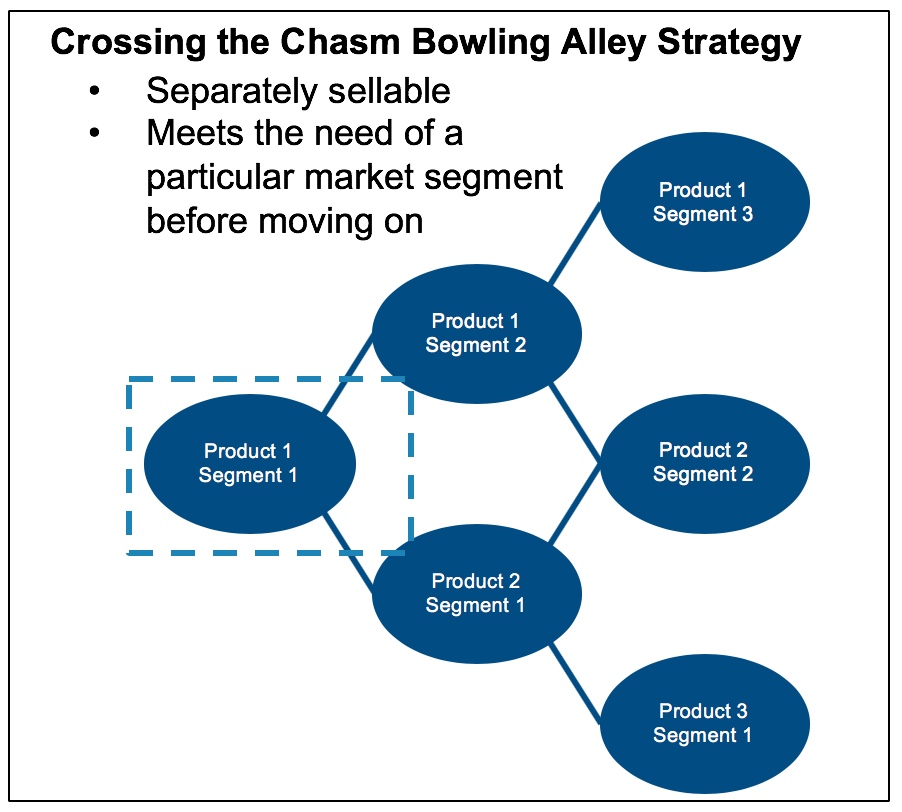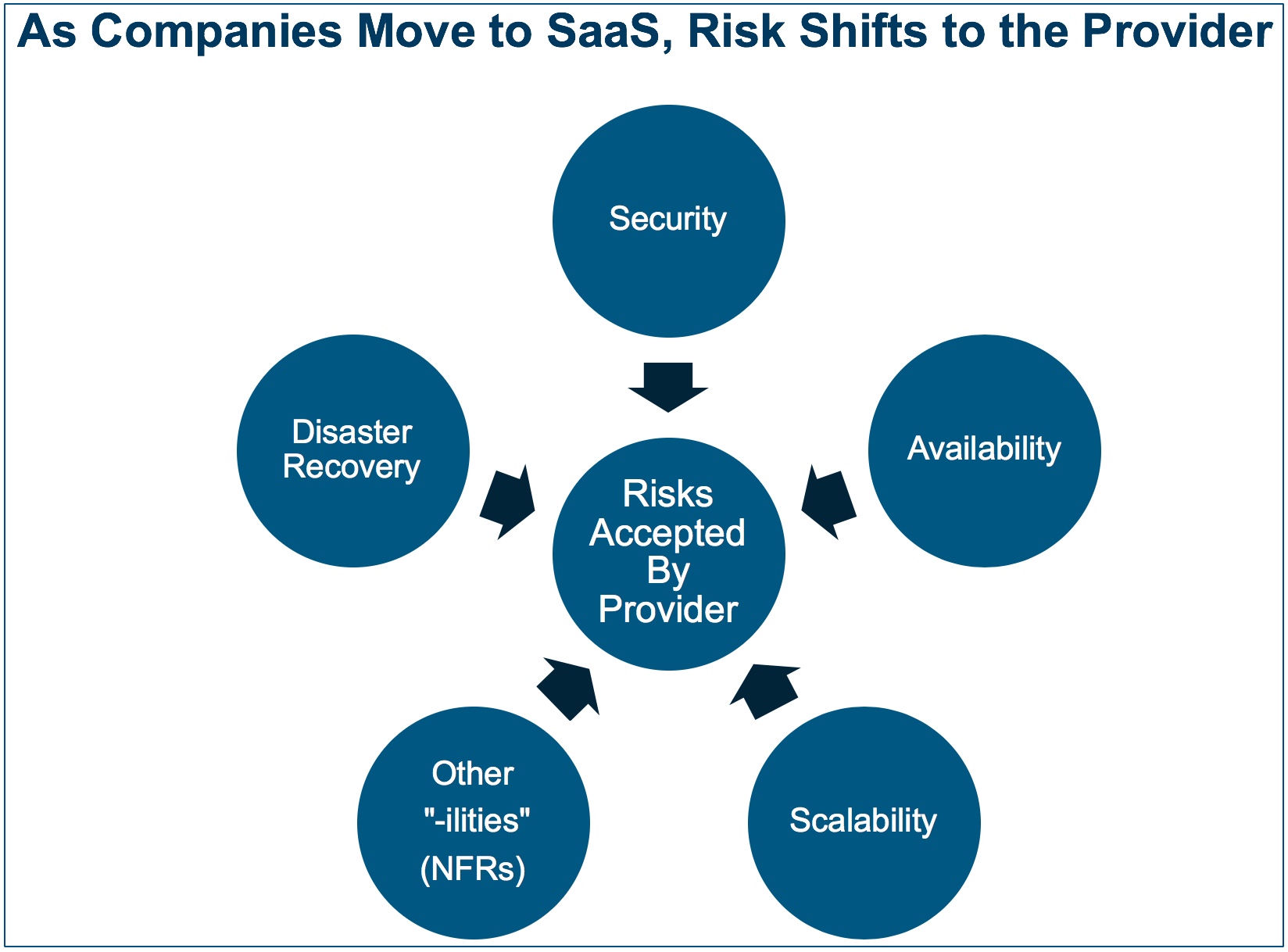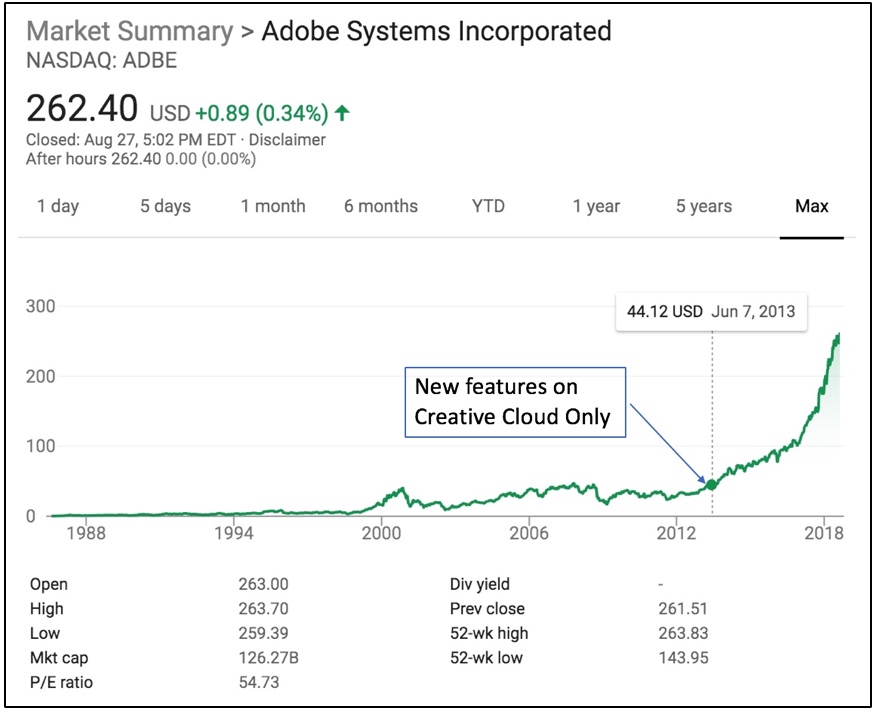AKF has been kept quite busy over the last decade helping companies move from an on-premises product to a SaaS service - often one of the most difficult transitions a company can face. We have found that the following are the top mistakes made during that migration.
With apologies to David Letterman…
The Top 5 SaaS Migration Mistakes

5. Treat Your SaaS Migration Only as a Marketing Exercise
Wall Street values SaaS companies significantly higher than traditional software companies, typically double the revenue multiples. A key reason for this is the improved margins the economies of scale true SaaS companies gain. If you are primarily addressing your customer's desires to move their IT infrastructure out of their shop, an ASP model hosted in the cloud is fine. However, if your investors or Wall Street are viewing you as a SaaS company, ASP gross margins will not be accepted. A SaaS company is expected to produce in excess of 80% gross margin, whereas an ASP model typically caps out at around 60 or 70%.
How to Avoid?
Make a decision up front on what you want your gross and operating margins to be. This decision will guide how you sell your product (e.g.: highest margins require no code-level customizations), how you architect your systems (multi-tenancy provides greater economies of scale), and even how you release (you, not your customers, control release timing and frequencies). A note of warning: without SaaS margins, you will likely face pricing pressure from an existing or entrant competitor who has achieved SaaS margins.
4. Tack the word ‘cloud’ on to your existing on-prem product and host it
Often a direct result of the above mistake, this is an ASP (Application Service Provider) model, not a SaaS one. While this exercise might be useful in exploring some hosting aspects, it won’t truly inform you about what your product and organization needs to become in order to successfully migrate to SaaS. It will result in nowhere near the gross and operating margins true SaaS provides, and your Board and Wall Street expect to see. As discussed in The Many Meanings of Cloud, the danger of tacking the word "Cloud" onto your product offering is that your company will start believing you are a "Contender", and will stop pushing for true SaaS.
How to Avoid?
Again, if an ASP model is ‘good enough’, fine - just don’t label or market yourselves as SaaS. If you start the SaaS journey with an ASP model, make sure all within your company recognize your ASP implementation is a dead-end, a short-term solution, and that the real endpoint is a true SaaS offering.
3. Target Your Existing Customer Base
Many companies are so focused upon their existing customer base that they forget about entire markets that might be better suited for SaaS. The mistaken perception is
“We need to take customers along with us”,
when in fact, the SaaS reality is
“We need to use the Technology Adoption Lifecycle, compete with ourselves and address a different or smaller customer base first”.
How to Avoid?
Ignore your current customers and find early adopters to target, even if your top customers are pushing you to move to SaaS. A move to true SaaS from your on-premises product almost always requires significant architectural changes. Putting your entire product and code base through these changes will take time.
Instead, apply the Crossing the Chasm Bowling Alley strategy to grow your SaaS offering into your current customer base rather than fork-lifting your current solution in an ASP fashion into the cloud...

Carve out key slices of functionality from your product that can provide value in a standalone fashion, and find early adopters to help shake out your new offering. Even if you are in a 'laggard' industry (banking, healthcare, education, insurance), you will find early adopters within your targeted customer base. Seek them out; they will likely be far better partners in your SaaS migration than your existing ones.
2. Ignore Risk Shifts
It may come as a surprise to some within your company to find out how much risk your customers bear in order to host and use your product on-premises. These risks include security, availability, capacity, scalability, and disaster recovery. They also include costs such as software licensing that have been passed through to your customers, but are now yours, part of your operating margins.

How to Avoid?
Many of these “-ilities” are likely to be new disciplines that now must be instilled in your company, some by hiring key individuals (e.g.: a CISO), some through additional focus and rigor during your PDLC. Part of the process of rearchitecting for SaaS includes ensuring you have adequate scalability, are designed with availability in mind, and a production topology that enables disaster recovery. Where vertical scalability might be acceptable in your on-prem world (“just buy a bigger machine”), you now need to ensure you have horizontal scalability, ideally in an elastic form. The cost of proprietary software (e.g.: database licenses) is now yours to carry, and a shift to open source software can significantly improve your margins. These “-ilities” are also known as non-functional requirements (NFRs), and need to be considered with at least as much weight as your functional requirements during your backlog planning and prioritization.
1. Underestimate Inertia
Inertia is a powerful force. Over the years spent building up your on-premises capabilities, you’ve almost certainly developed tremendous inertia - defined for our purposes as “a tendency to do nothing or remain unchanged”. In order to achieve true SaaS, in order to satisfy your investors and reach SaaS-like multiples, nearly every part of your company needs to act differently.
How to Avoid?
First, ensure your entire company is ready to embrace change. For many companies, the move to SaaS is the only answer to an existential threat that a known (or unknown competitor) presents, one who is listening to your customers say “Get this IT stuff out of my shop!”. Examples of SaaS disruptors include:
- Salesforce destroying Siebel
- ServiceNow vs. Remedy
- Workday taking on Oracle/Peoplesoft
Is there a disruptor waiting to take over your business?
Many companies choose to disrupt themselves, and after switching to SaaS, drive their stock price through the roof. Look at Adobe's stock price once they fully embraced (or made their customers embrace) SaaS over packaged software.

Regardless of how you position the importance of SaaS to your employees, there will still be some that are stuck by inertia in the on-prem ways. Either relegate them to stay with the on-prem effort, or ‘weed’ them out.
Once you've got some built up momentum and desire within your company to make the move to SaaS, make a concerted examination department-by-department to determine how they will need to change. All involved need to recognize the risk shifts as mentioned, and associated required mindsets. While you likely have excellent, seasoned on-prem employees, do you have enough SaaS experience across each team? The SaaS migration should in no way be treated solely as an engineering exercise.
It always comes as a shock how many departments need to break out of their existing inertia, and act differently. Some examples:
Sales:
- Can no longer promise code customizations.
- Need to address cloud security concerns.
- Must ensure existing customers know they can no longer dictate when releases occur.
Finance:
- Learn to speak ARR (annual recurring revenue).
- Should look at alternative revenue schemes (seat vs. utility).
- SaaS presents changes in revenue recognition. Be prepared.
Product:
- Should focus in iterative releases that enable product discovery.
- Must learn to balance the NFRs/”-ilities” along with new features.
- Need to consider alternative customers and markets for your new SaaS offering.
Customer Support:
- Will likely need to become continually engaged in the PDLC process, in order to stay abreast of releases occurring at far greater frequency than old.
- Must develop (along with engineering) incident management processes that deal with multiple customers simultaneously having issues.
Security:
- Better spin up this department in a hurry!
Professional Services:
- As no code-level customizations should be happening, you might end up reducing this team, focusing them more on integrations with your customers’ IT or 3rd party products.
Engineering:
Hmm, so much change for this department. Where to start? Start by bringing AKF on board to examine your SaaS migration effort. Here is where we can help you the most.